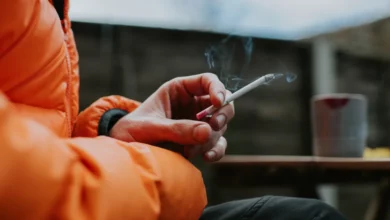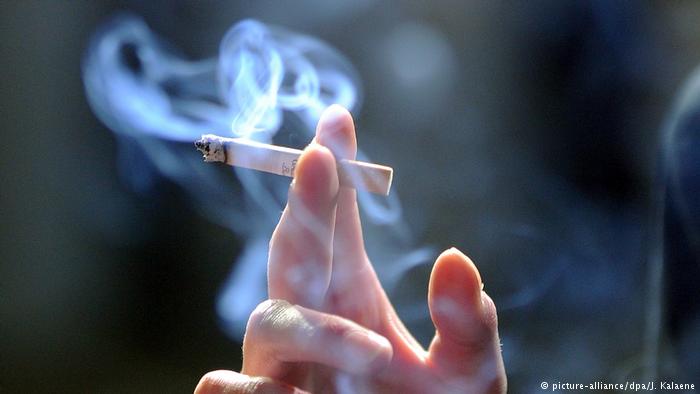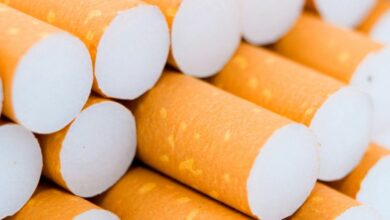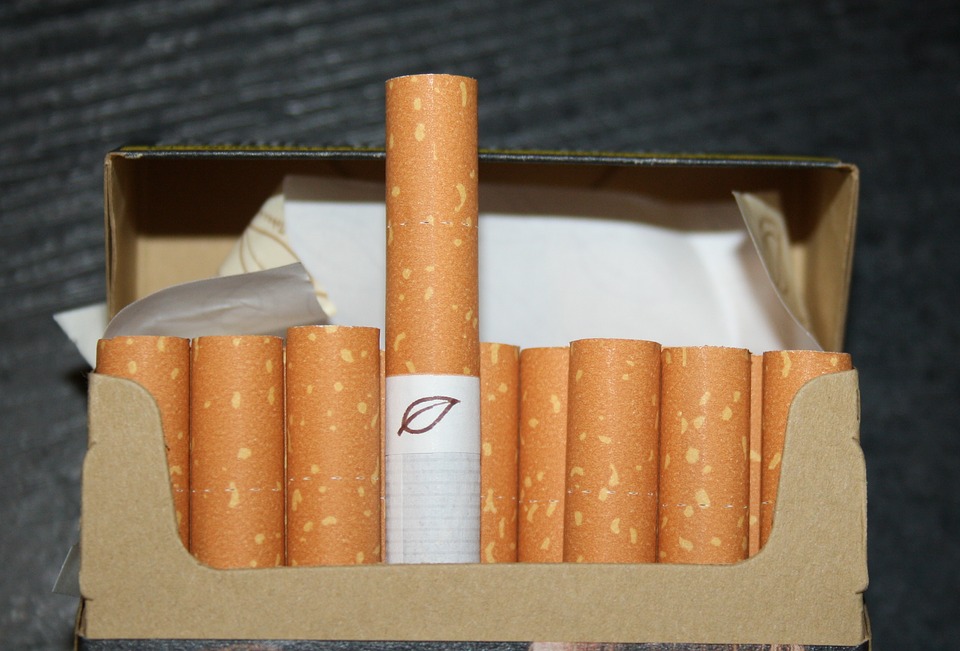
The first solid evidence that smoking causes cancer came in the 1950s, followed decades later by revelations that "second-hand" smoke also harms health.
On Friday, scientists issued a warning about what they call "third-hand" smoke (THS) — the sticky residue from tobacco puffing that clings to walls and furniture.
In mice, at least, exposure to these toxic leftovers causes lower infant weight and alters counts of blood cells associated with the body's immune system, they reported in the Nature journal Scientific Reports.
"Evidence is mounting that the residue lingering on indoor surfaces could be just as harmful — if not more — than second-hand smoke," said the Lawrence Berkeley National Laboratory, which took part in the study.
Researchers from the United States and China tested the biological response of mice to THS in lab conditions designed to mimic exposure in a smokers' home.
Based on what they found, there could be reason to fear for the safety of infants who can pick up toxins from floors and carpets they lie or crawl on, and walls, curtains and furniture they touch, the team said.
"Small children are a particularly vulnerable population who are exposed to THS toxicants through inhalation, ingestion and dermal contact," they wrote.
Previous research had shown that THS toxins caused DNA damage to human cells in petri dishes, and harmed sperm and the organs of lab mice.
An earlier study of THS toxins in house samples warned of a potential cancer risk to children.
– Chemical transformations –
But it was not known how THS exposure would affect infant health.
For the new study, the team investigated the effects of THS exposure on the body weight and immune system of mice in two life stages: from birth to weaning (neonatal), and early adulthood.
They put THS-exposed cloth in the cages of test mice for three weeks.
The cotton cloth had been exposed to cigarette smoke in a stainless steel chamber, the equivalent of about 400-700 cigarettes smoked over more than three years.
A group of "control" mice, had normal, THS-free fabric in their cages.
When weaned at the age of three weeks, the THS-exposed mice had "significantly lower bodyweight" than the control group, the scientists found.
With no further exposure, they gained significantly more weight, catching up to the control mice by the age of five weeks.
THS had no influence on weight when mice were exposed to it as adults. But it did alter blood cell counts associated with inflammatory and allergic reactions.
The team said THS toxins may stick to surfaces for weeks to months, during which time chemical mutations may render them even more harmful.
THS may therefore contain toxins similar to first- or second-hand smoking, as well as "new toxic compounds generated from chemical transformations," the authors said.
"Our findings provide further evidence that THS exposure can have biological effects and supports nonsmoking policies as the best way to protect non-smokers from the health effects of tobacco-smoke exposure."




